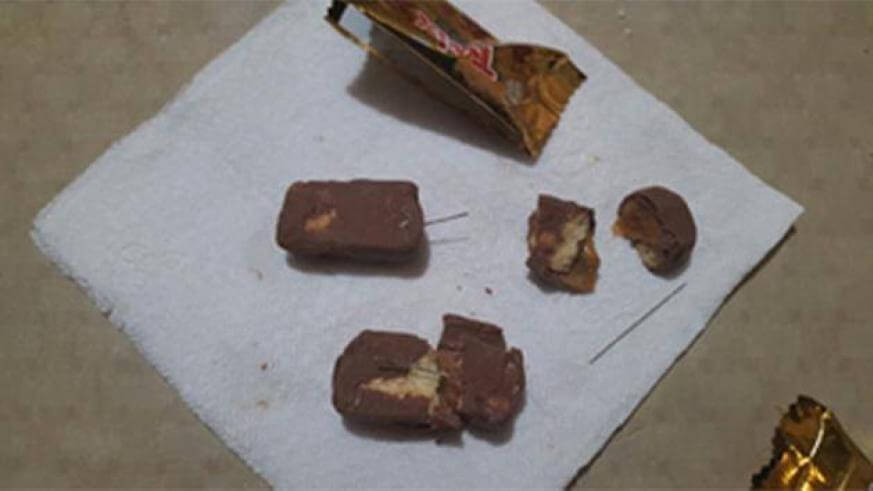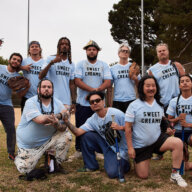Did you hear about it? Years ago, in that one town, some psycho was handing out apples to kids on Halloween that had blades inside them. When they bit the apple, they were biting straight into a razor.
Or was it needles in Twix bars?
Or poisoned Pixy Stix?
As a matter of fact, it was none of the above.
Despite panicking gullible parents for years and adding a macabre element to the holiday of fear, the stories of madmen handing out needles and razors in Halloween candy have yet to be proven true.
It’s unclear where the stories first originated and why they persist—whether it’s in the collective unconscious, or if the story keeps getting intentionally resurrected by parents trying to terrify their fat, sugar-addicted kids into laying off the candy.
Either way, read on for the history of this disturbing urban legend.
Poisonous Pixy Stix
One child did die after consuming poisonous Pixy stix on Halloween — but his own father is the one who gave it to him, believing that the “random Halloween killer” theory would trick the cops.
In fact, Ronald Clark O’Bryan also gave cyanide-laced Pixy sticks to his daughter and a few other kids on Halloween 1974 in Deer Park, Texas, hoping that spreading the poison around would convince investigators a maniac was responsible.
But police quickly determined no Pixy sticks were given out at any of the homes where O’Bryan’s 8-year-old son Timothy had trick-or-treated before dying from potassium cyanide around 10:30 p.m. on Halloween night. Then they learned his father was more than $100,000 in debt and had just signed the boy up for a hefty life insurance policy. By fate, none of the other kids who got them ever ate their poisoned Pixy Sticks.
O’Bryan was dubbed “The Candy Man” by the media, and as he was executed by lethal injection in 1974, demonstrators outside the prison tossed candy in the air and shouted “Trick or treat!” reports say.
The copycat effect
For some reason, needles- and razor-in-candy stories encourage people to recreate them and act them out.
After Halloween 2013, police in the suburban Philadelphia town of Kennett Square reported that needles were found inside of Twix bars by four children. Police shared photos of the dangerous candy as the investigation began.
But shortly afterward, an 11-year-old girl admitted putting the needles, stolen from her mother’s sewing kit, into the Twix bars, after an adult who was warning her to be careful showed her a picture of needles in a candy bar.
And just days later in South Jersey, a man brought more candy bars with needles to Gloucester Township police. They quickly determined he was a “copycat” of the Kennett Square incident perpetrated by the young girl, as he had posted that picture on his Facebook page, and “had made up the story and had placed the needles in the candy bars,” according to police statements at the time.
For some, these stories and images seem to trigger a psychological impulse to “recreate” the scene.
The other times it really happened
Two other incidents feed the fire of the razors-in-candy myth.
In 1970, a five-year-old from Detroit died in 1970 after Halloween from a heroin overdose. But panic that candy with heroin was handed out was suppressed after it was revealed the boy accidentally consumed drugs from his uncle’s stash.
The earliest reported incident, in 1959, does really involves a mad doctor giving out hundreds of unwitting trick-or-treaters a “trick” instead of “treat” in their candy. But no one died or suffered permanent damage.
That’s because California dentist Dr. William Shine, who clearly had a weird sense of humor, didn’t give out poison. For some reason, he just handed out roughly 450 laxatives. At least 30 children felt the effects, with one ending up in the hospital.
The moral of the story: You can probably trick-or-treat with ease. Just chew carefully.
































